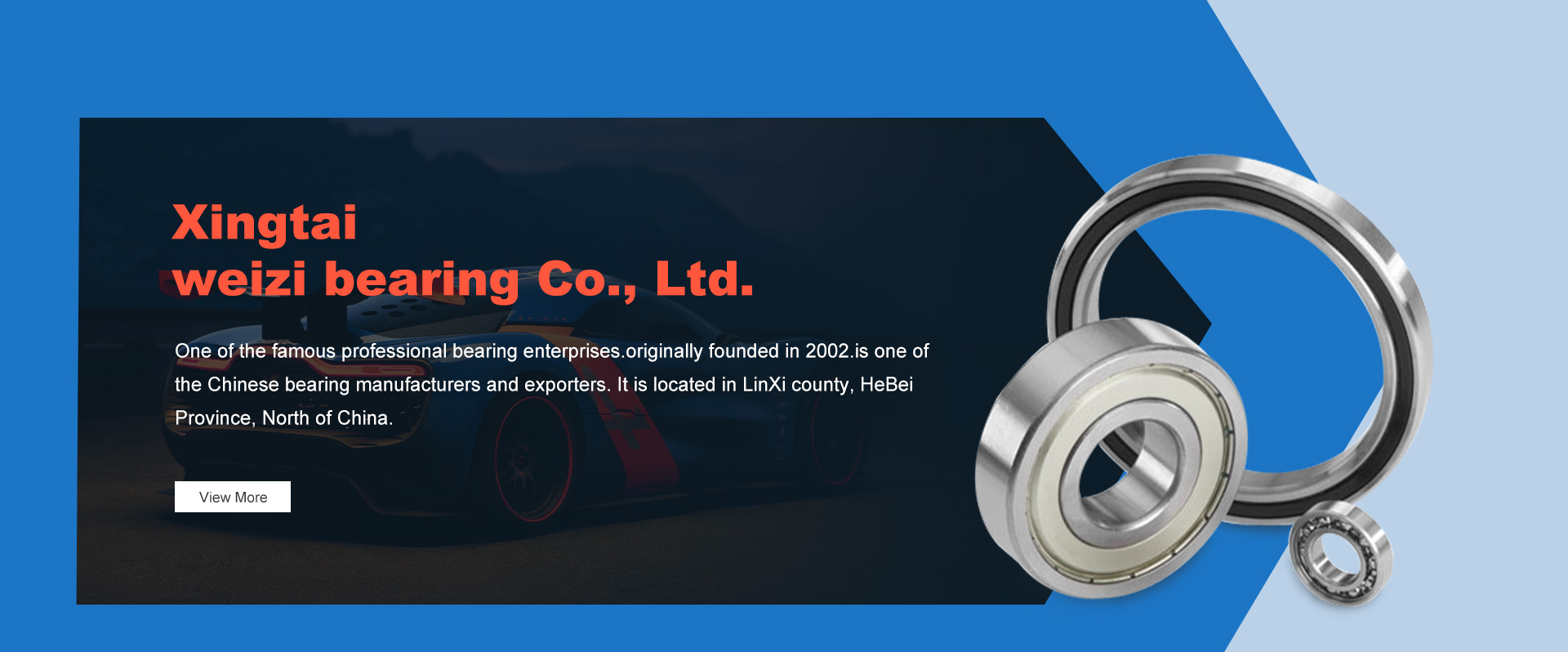
Dec . 05, 2024 15:02 Back to list
nj310 bearing
Understanding the NJ310 Bearing An Essential Component in Modern Machinery
The NJ310 bearing plays a crucial role in various applications across numerous industries, facilitating smooth and efficient rotation in mechanical systems. This article explores the features, specifications, applications, and significance of the NJ310 bearing, highlighting why it remains a popular choice among engineers and manufacturers.
What is an NJ310 Bearing?
The NJ310 bearing is a type of cylindrical roller bearing that is designed to support high radial loads and moderate axial loads in one direction. It consists of an inner ring, outer ring, rolling elements (cylindrical rollers), and a cage that separates the rollers. The designation NJ indicates that it can accommodate both radial loads and axial loads in one direction, while the 310 denotes specific size and design features.
One of the key features of the NJ310 bearing is its ability to handle misalignment and thermal expansion, making it suitable for dynamic applications. The roller configuration allows for a higher load-carrying capacity while minimizing friction, which is particularly important for machinery operating at high speeds.
Specifications
The NJ310 bearing typically has the following specifications
- Inner Diameter (d) 50 mm - Outer Diameter (D) 110 mm - Width (B) 27 mm - Dynamic Load Rating (C) Approx. 90 kN - Static Load Rating (C0) Approx. 75 kN - Limiting Speed Varies depending on lubrication and operating conditions, but generally ranges from 5,500 to 6,000 RPM.
These specifications make the NJ310 bearing versatile enough for various applications, from automotive to industrial machinery
.Applications
nj310 bearing

The NJ310 bearing is widely used across numerous sectors due to its robust design and reliability. Some common applications include
1. Automotive Industry In engines, transmissions, and differentials, the NJ310 bearing helps in efficient power transmission. Its ability to handle high radial loads makes it ideal for components that experience significant stress during operation.
2. Industrial Machinery In conveyor systems, pumps, and compressors, the NJ310 bearing supports rotating elements while ensuring minimal wear and tear. Its durability contributes to longer service intervals and reduced maintenance costs.
3. Agricultural Equipment The bearing’s resilience to harsh conditions and ability to operate under heavy loads make it a preferred choice for agricultural machinery, such as tractors and harvesters.
4. Power Generation In wind turbines and generators, the NJ310 bearing ensures smooth rotation and reliable performance, which are critical for energy production.
Advantages
Using an NJ310 bearing offers several benefits
- High Load Capacity The design allows for the support of significant loads, making it suitable for heavy-duty applications. - Reduced Friction The cylindrical rollers facilitate smooth movement, reducing friction and heat generation. - Versatility Its adaptability to different applications across various industries makes it a valuable component in engineering. - Raceway Design The raceway configuration accommodates misalignment, ensuring longevity and reliability under varying operating conditions.
Conclusion
The NJ310 bearing is a vital component in modern machinery, underscoring its importance in ensuring operational efficiency and longevity. As industries continually evolve and demand more from their mechanical systems, the NJ310 bearing remains a go-to choice for engineers seeking performance and reliability. Its robust design, coupled with the ability to handle high loads and misalignment, positions it as an essential element across a wide array of applications. Whether in automotive, industrial, or agricultural settings, the NJ310 bearing continues to support the advancement of technology and the enhancement of productivity, solidifying its place as a backbone in the engineering landscape.
Latest news
-
Grooved Ball Bearing Design and Functionality
NewsJun.04,2025
-
Concrete Mixer Bearing Load Capacity Testing
NewsJun.04,2025
-
6004 Bearing Dimensions in Robotic Joint Designs
NewsJun.04,2025
-
Advantages of Single-Row Deep Groove Ball Bearings
NewsJun.04,2025
-
Applications of Deep Groove Ball Bearings in Automotive Systems
NewsJun.04,2025
-
Innovations in Bearing Pressing Machine Design
NewsJun.04,2025
